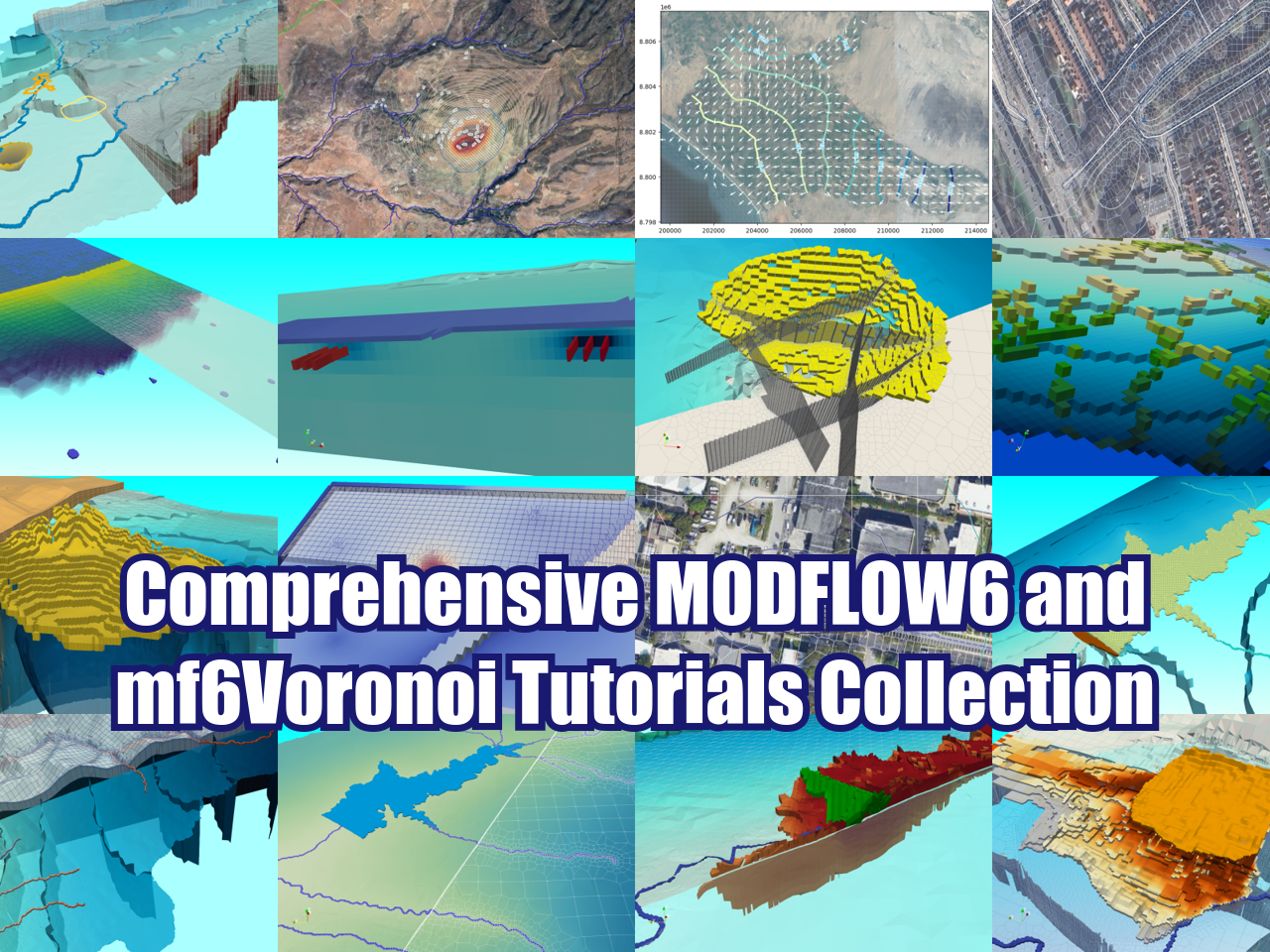Modeling Mixing Zones with OpenFOAM
/A mixing zone is an area where an effluent discharge undergoes initial dilution and is extended to cover the secondary mixing in the ambient waterbody.
A mixing zone is an allocated impact zone where water quality criteria can be exceeded as long as acutely toxic conditions are prevented.
Here we will talk about the advantages of using OpenFOAM to model Mixing Zones.
Other software to model Mixing Zones
Visual Plume
The EPA created in 2003 the Visual Plume software, which comprises a transient analysis but only in 1D. It can simulate submerged, simple and multiple plumes in stratified environments. Its capacities include sensitivity analysis and decaiment of pathogens based on physical processes.
Its name may include the word "visual", but it is only visual to insert the data, the results are tabular, so it does not generate graphics because its analysis is in one dimension. The model has not been updated since 2003.
Cormix
Cormix software is used to model the contaminant plume in the zone close to the effluent. It is a model that uses parameters related to the flow regime and the design characteristics of the emitter to predict the evolution of the effluent plume. CORMIX can simulate many configurations of diffusers including individual and multiple arrays.
This software is commercial and requires a paid license. CORMIX has limitations that become apparent in the long-term simulation of the effluent (URS, 2008).
Why using OpenFOAM?
OpenFOAM is a Computational Fluid Dynamics (CFD) software. It has the following advantages:
- Its code is free, accessible and supported by a high amount of users.
- This CFD software estimates and predicts with high precision the behavior of different physical phenomena.
- It has compatibility tools with others pre-processors (Salome, ANSYS, etc.).
- It has a variety of solvers oriented to different types of problems (fluid mechanics, heat transfer, etc.) and you have the freedom to modify them based on particular criteria.
- Contains pre-programmed methods of discretization and meshing (BlockMesh, SnappyHexMesh, etc.).
- Performs calculations faster than other software and can process in parallel depending on the available amount of processors.
Why OpenFOAm for Mixing Zones?
OpenFoam can simulate complex fluid conditions that involve chemical reactions, turbulence and heat transfer. OpenFOAM calculations are based in finite volumes to solve differential equation systems in any irregular grid. The flow solvers are developed in a robust platform, implicit and iterative.
The following video shows the potential of OpenFOAM to model Mixing Zones.


























